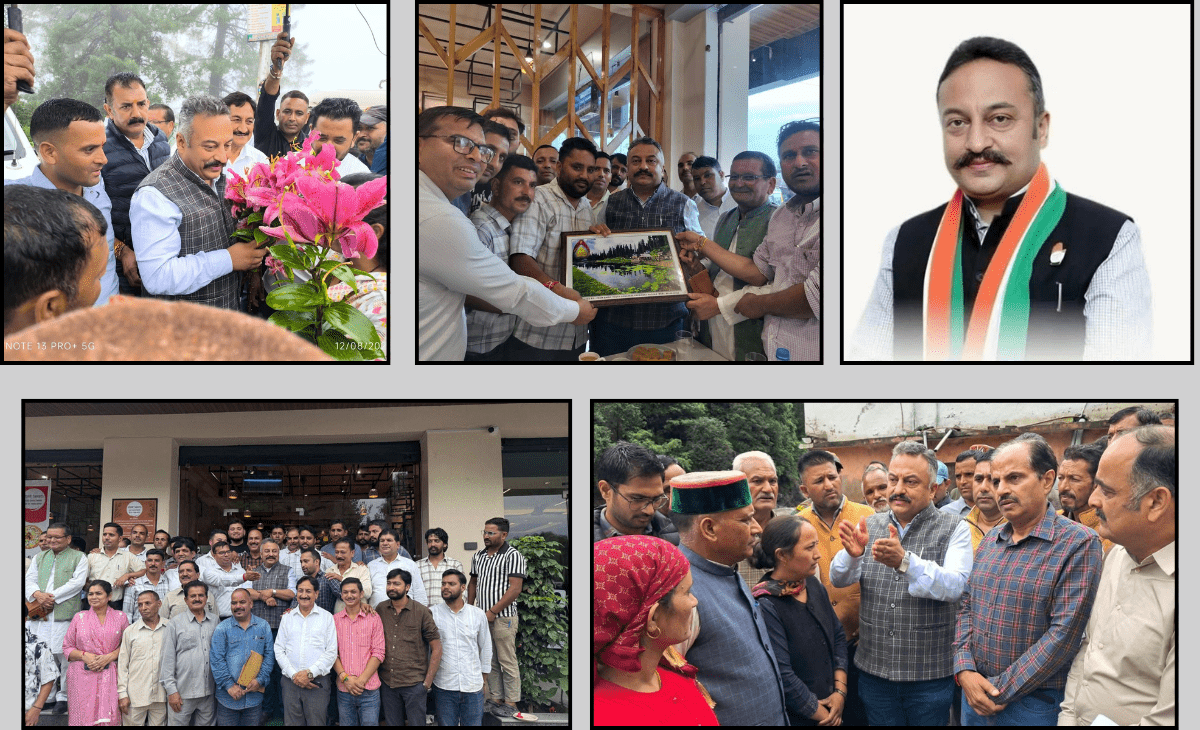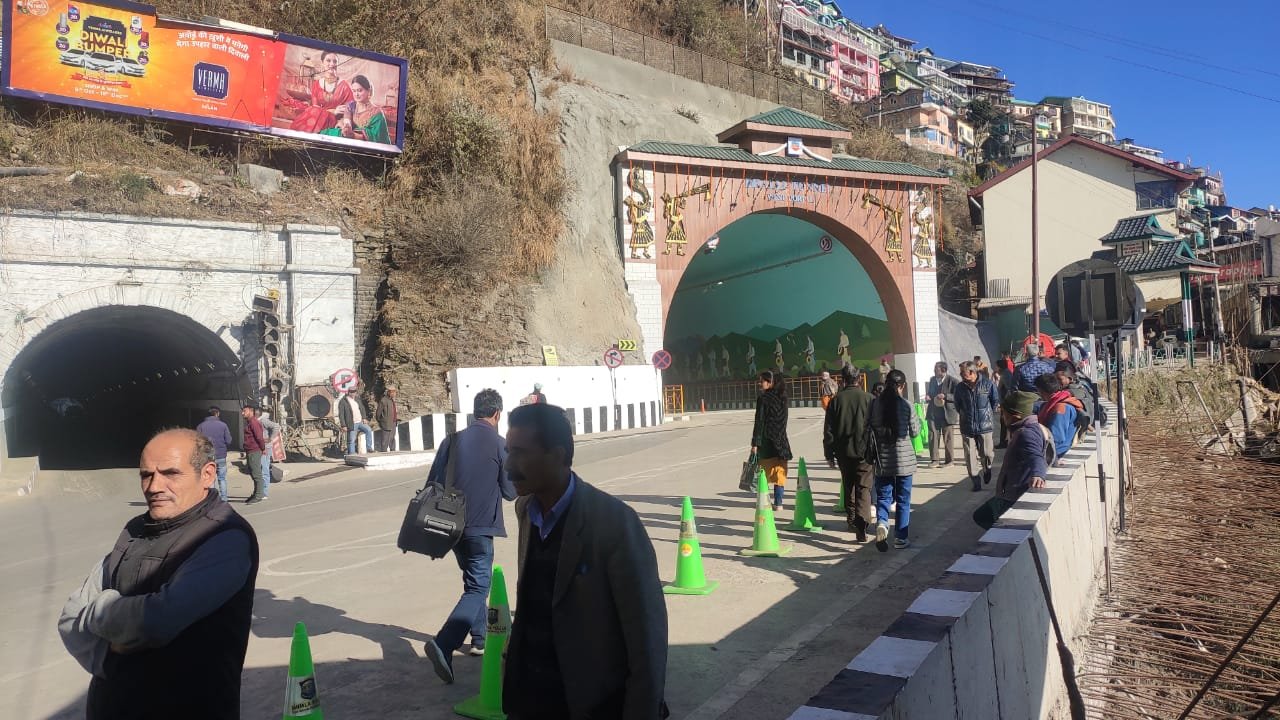Munish Sood
MANDI:
In the rugged hills of Seraj in Mandi district, still reeling from the devastation of this monsoon’s flashfloods and landslides, two ministers of Congress-ruled Himachal Pradesh found themselves at the heart of starkly different political moments. While one faced public fury that boiled over into confrontation, the other was welcomed with calm engagement and constructive dialogue.
When Revenue, Horticulture and Tribal Development Minister Jagat Singh Negi arrived in Seraj, the region was still counting its losses. Entire slopes had been washed away, homes buried and lives disrupted. But Negi’s visit was not just about reviewing flood damage but it came amid a politically sensitive decision that had already stirred deep resentment: the relocation of the College of Horticulture and Forestry from Thunag to Nachan in Sundernagar.
The state government justified the move citing repeated monsoon-related damage at the Thunag site, declaring the shift essential for safety and continuity of academic sessions. Yet, for many locals, the announcement felt like another blow during a time of crisis — a stripping away of one of the region’s key institutions.
The mood on the ground shifted quickly during Negi’s tour. Initial exchanges with flood-affected residents grew heated, with accusations of government apathy. Protesters gathered along his route, waving black flags, chanting slogans and demanding the decision be reversed. The situation escalated when a few demonstrators hurled shoes at his vehicle.
By the day’s end, the confrontation had turned into a law-and-order matter. The police registered multiple FIRs against over 50 individuals for rioting, unlawful assembly and obstructing a public servant in discharge of duty. Political parties traded accusations, with the minister condemning the protests as undemocratic and disrespectful to the national flag.
Rohit Thakur’s tour remains calm, focused, solution-oriented
In sharp contrast, Education Minister Rohit Thakur’s two-day visit to Seraj unfolded without tension. His focus was squarely on the educational impact of the recent natural calamities. The floods had damaged 119 schools in the constituency and while the majority had resumed operations, 29 remained unusable.
Standing amid the ruins of a collapsed school building, Rohit Thakur announced a package of Rs 9 crore to restore and rebuild the worst-affected institutions. He issued a clear directive that no new schools would be constructed near rivers or nullahs and those already at risk would be relocated to safer ground.
The minister also underscored that the damage extended far beyond Seraj, with over 500 educational institutions across the state impacted by heavy rains, incurring an estimated loss of Rs 30 crore. He promised accelerated restoration work for buildings with more than 75% damage, inclusion of horticulture as a vocational subject in schools and faster recruitment of teachers in rural and disaster-hit areas.
Every stop on Rohit Thakur’s tour saw orderly interactions as residents welcomed him, listened to his plans and expressed their needs. There were no protests, no slogans and no hostility.
One constituency, two narratives
The two visits have become a talking point in political circles. Both ministers came to Seraj in the wake of disaster, but the public’s reactions revealed a sharp divide in perception and trust.
For Jagat Negi, the decision to relocate an educational institution — even if based on safety considerations — struck an emotional and political nerve. The public saw loss, not relocation. The timing, coming so soon after the floods, only deepened the anger, said an analyst.
“For Rohit Thakur, the narrative was one of rebuilding and support. His promises addressed immediate needs without touching on emotionally charged or politically divisive issues,” he said.





